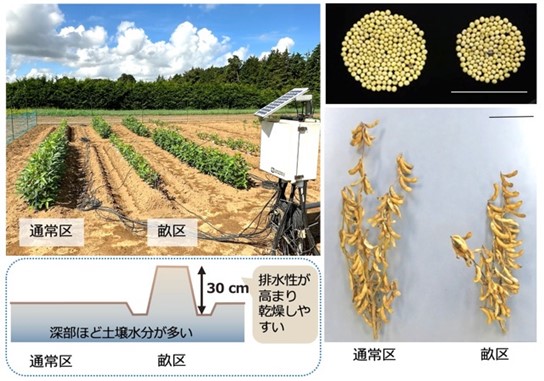2023-10-02 インペリアル・カレッジ・ロンドン(ICL)

Trail left by BlueWalker 3 over Observatorio Astronomico Nacional, San Pedro Martir, Mexico.
Credit: I. Plauchu-Frayn
◆国際的な科学者チームがBlueWalker 3衛星の天文学への影響を評価し、その結果が公表されました。 BlueWalker 3は明るさが非常に高いことが判明し、その明るさを軽減する戦略が必要です。また、衛星が無線天文学にも干渉する可能性があり、観測所の保護策が不十分かもしれません。今後の研究が必要です。
<関連情報>
- https://www.imperial.ac.uk/news/248038/massive-earth-orbit-communications-satellites-could/
- https://www.nature.com/articles/s41586-023-06672-7
BlueWalker3衛星の高い光学的明るさ The high optical brightness of the BlueWalker 3 satellite
Sangeetha Nandakumar,Siegfried Eggl,Jeremy Tregloan-Reed,Christian Adam,Jasmine Anderson-Baldwin,Michele T. Bannister,Adam Battle,Zouhair Benkhaldoun,Tanner Campbell,J. P. Colque,Guillermo Damke,Ilse Plauchu Frayn,Mourad Ghachoui,Pedro F. Guillen,Aziz Ettahar Kaeouach,Harrison R. Krantz,Marco Langbroek,Nicholas Rattenbury,Vishnu Reddy,Ryan Ridden-Harper,Brad Young,Eduardo Unda-Sanzana,Alan M. Watson,Constance E. Walker,John C. Barentine,Piero Benvenuti,Federico Di Vruno,Mike W. Peel,Meredith L. Rawls,Cees Bassa,Catalina Flores-Quintana,Pablo García,Sam Kim,Penélope Longa-Peña,Edgar Ortiz,Ángel Otarola,María Romero-Colmenares,Pedro Sanhueza,Giorgio Siringo & Mario Soto
Nature Published:02 October 2023
DOI:https://doi.org/10.1038/s41586-023-06672-7
We are providing an unedited version of this manuscript to give early access to its findings. Before final publication, the manuscript will undergo further editing. Please note there may be errors present which affect the content, and all legal disclaimers apply.
Abstract
Large constellations of bright artificial satellites in low Earth orbit (LEO) pose significant challenges to ground-based astronomy1. Current orbiting constellation satellites have brightnesses between apparent magnitudes 4 and 6, while in the near-infrared Ks band they can reach magnitude 22. Satellite operators, astronomers, and other users of the night sky are working on brightness mitigation strategies3,4. Radio emissions induce further potential risk to ground-based radio telescopes that also need to be evaluated. Here we report the outcome of an international optical observation campaign of a prototype constellation satellite, AST Space Mobile’s “BlueWalker 3”. BlueWalker 3 features a 64.3 m2 phased-array antenna as well as a Launch Vehicle Adapter (LVA)5. The peak brightness of the satellite reached an apparent magnitude of 0.4. This made the new satellite one of the brightest objects in the night sky. Additionally, the LVA reached an apparent V-band magnitude of 5.5 four times brighter than the current International Astronomical Union recommendation of magnitude 73,6; it jettisoned on 2022-11-10 (UT), and its orbital ephemeris was not publicly released until four days later. The expected build-out of constellations with hundreds of thousands of new, bright objects1 will make active satellite tracking and avoidance strategies a necessity for ground-based telescopes.



